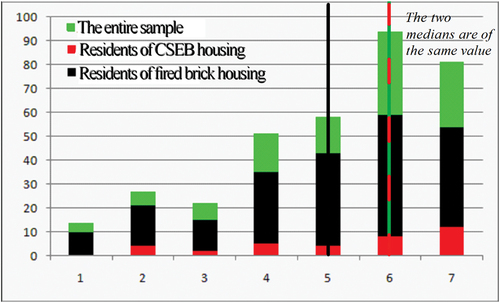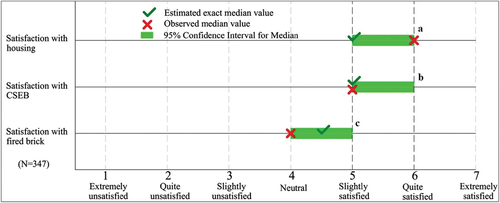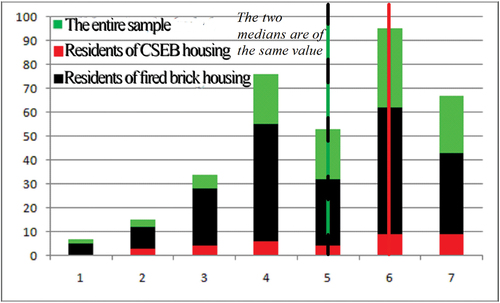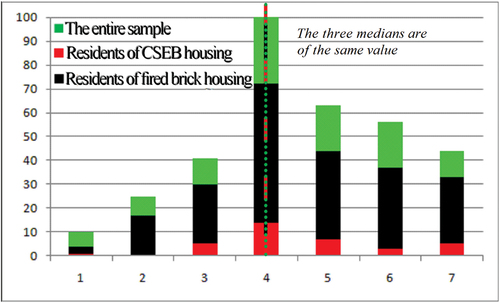Figures & data
Figure 1. Visitors centre. This project received the international award “Hassan Fathy, architecture for the poor” in 1992 (source AVEI).

Figure 2. The modern aesthetic of the vikas residential community comprising 23 apartments, along with the depiction of the intricate details of the passive cooling system. This project has been selected as a finalist for the world habitat award 2000. Broadly speaking, within Auroville, the architectural design of apartments prioritizes sustainability, eco-friendliness, and energy efficiency, emphasizing the utilization of natural materials and passive cooling systems. CSEB houses are typically furnished with contemporary conveniences, including solar water heaters, rainwater harvesting systems, and composting toilets. (source AVEI).
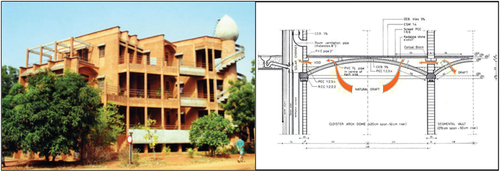
Figure 3. The Auram 3000 press and the many shapes of CSEB. The auram 3000 press is utilized for block production. It is a hydraulic block press capable of manufacturing up to 3000 CSEBs per day. The auram 3000 press is operated manually. With its wide range of molds, almost 70 different shapes of CSEBs can be produced, facilitating the accommodation of various architectural designs for buildings (source: AVEI).

Table 1. Participants’ house-building materials summary.
Figure 4. Semantic differential scale layout. The concept at the top (your house) is evaluated on an adjectival scale with two opposite poles. The X pole (UNSATISFACTORY) and the Y pole (SATISFACTORY) are separated by seven steps; (1) for extremely unsatisfactory, (2) for quite unsatisfactory, (3) for slightly unsatisfactory, (4) for neutral, (5) for slightly satisfactory, (6) for quite satisfactory, and (7) for extremely satisfactory.

Figure 5. The impact of customer satisfaction on customer loyalty (source: Yang & Zhu, Citation2006).
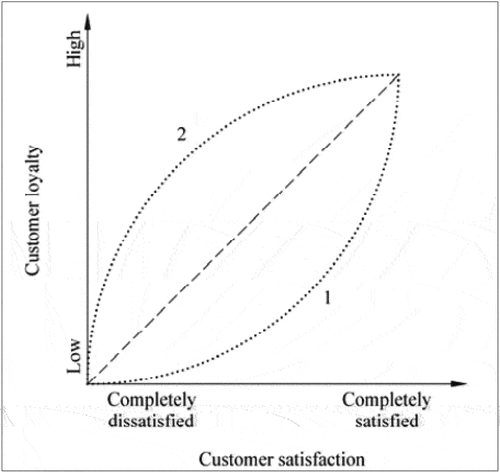
Figure 6. Hypothesis testing for the limitation of use of CSEB in Auroville. The outcomes of the statistical tests, whether positive or negative, lead to distinct explanations. In the absence of any relationship between RS and HBMS, the limitations surrounding the use of CSEB can be attributed to one of two possible scenarios: (1) an unsatisfactory CSEB or (2) a comparatively lower level of satisfaction with CSEB when juxtaposed with fired-bricks. The third scenario (3), wherein CSEB elicits greater satisfaction compared to fired-bricks, indicates that user satisfaction alone cannot account for the limitations of CSEB usage when compared to fired-bricks. Consequently, there must be additional factors at play that elucidate why CSEB is utilized less frequently than fired-bricks, despite offering a higher level of satisfaction to users. In such instances, alternative hypotheses must be proposed to expound upon the limitations of CSEB usage. It is worth noting that in this instance, the assessment of satisfaction regarding CSEB housings vis-à-vis fired-brick housings is deemed unnecessary, as the construction material does not constitute a determinant of satisfaction. The aforementioned rationale led us to validate the third hypothesis immediately.

Table 2. Results of the multinomial logistic regression analysis examining the relationship between the predictor variables of the satisfaction with the building technology and the seven classes of satisfaction with the homes.
Table 3. Step summary.
Figure 7. Effects of HBMS with CSEB technology on RS in Auroville. Every arrow originates from a particular level and terminates at another level. Positive relationships are denoted by arrows pointing from the reference level to the target level, which are also marked with a (+) sign. Conversely, negative relationships are represented by arrows pointing from the target level to the reference level, which are also marked with a (-) sign. The coefficient of probability change remains consistent for positive relationships, while it is reversed for negative relationships.

Figure 10. Auroville residents’ satisfaction with their CSEB housing and building materials (N = 35).
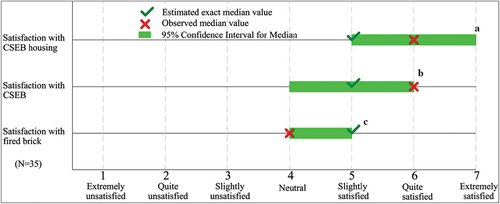
Figure 11. Auroville residents’ satisfaction with their fired-brick housing and building materials (N = 237).
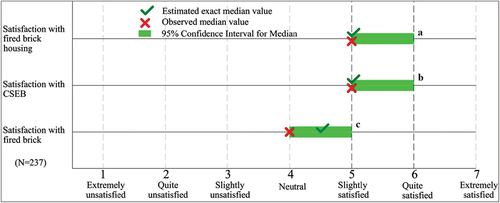
Figure 13. Comparison of resident satisfaction levels between groups. The satisfaction levels are the estimated exact median values. Note: RS: residential satisfaction, HBMS : house-building-material satisfaction.
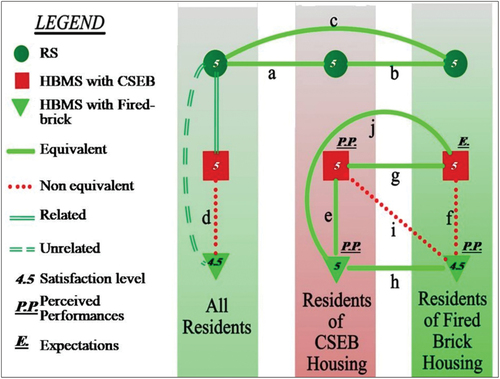
Figure 15. Levels of HBMS with CSEB among residents of fired-brick housing.
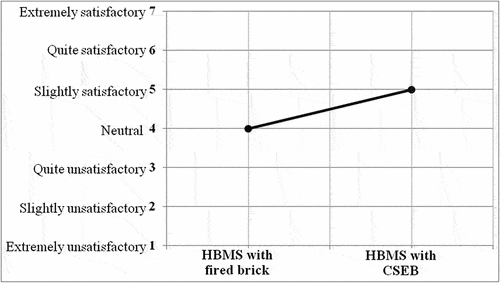
Figure 16. Homeowners’ house-building-materials satisfaction. HBMS with CSEB technology of residents of CSEB housing is higher than HBMS with fired-brick technology of residents of fired-brick housing. Note: SAWCSEB: HBMS with CSEB, SAWFB: HBMS with fired-brick.
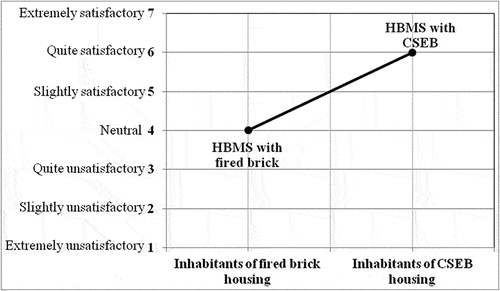
Data availability statement
The data that support the findings of this study are available from the corresponding author, N. K., upon reasonable request.

